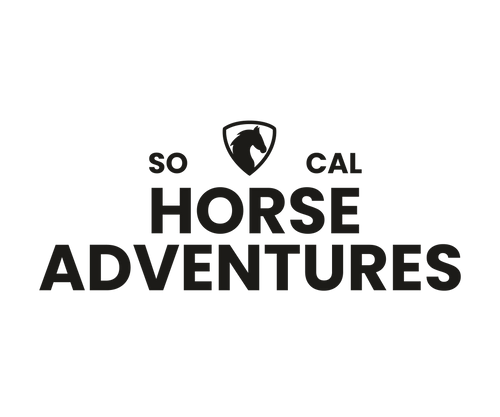One of the key elements of developing a well-balanced, responsive, and athletic horse is achieving self-carriage and getting the horse on the bit. While these terms are often misunderstood or oversimplified, they are essential for building a strong foundation, especially in young horses. In this post, I’ll break down what it means for a horse to be “on the bit,” why low head self-carriage is beneficial, and how to develop it in a young horse without force or tension.
What Does “On the Bit” Really Mean?
Many riders associate “on the bit” with a horse tucking its nose in, but this is a misconception. A horse is truly on the bit when it accepts contact, is engaged from behind, and works over its topline in a relaxed yet powerful way. The frame of the horse should come from the hindquarters driving forward, allowing the horse to lift through the back and seek connection with the rider’s hands. The contact should be elastic, not restrictive, allowing the horse to remain soft, supple, and forward-thinking.
A horse that is forced into a frame through rein pressure without engagement from behind is not truly on the bit—it is simply being held there, which creates stiffness and resistance.
The Benefits of Low Head Self-Carriage
While many disciplines emphasize collection and elevation, a lower head position in young or developing horses has several benefits:
1. Develops the Topline
When a horse carries its head lower without leaning on the forehand, it encourages correct muscle development in the neck, back, and hindquarters. This is particularly important for young horses that need time to develop strength before working in a more collected frame.
2. Encourages Relaxation and Swinging Gaits
A horse that is tense in the neck and poll will often have choppy, restricted movement. Encouraging a low, soft carriage helps the horse relax through the back, allowing for a more fluid and natural stride. This is crucial for balance, whether you’re training for dressage, Alta Escuela, or even trail riding.
3. Builds Strength for Future Collection
Many riders rush their horses into collection before they have the strength to carry themselves properly. Low head self-carriage serves as a stepping stone, allowing the horse to stretch forward and down, build the necessary muscles, and gradually progress to higher degrees of engagement and collection.
How to Achieve This with a Young Horse
Developing a correct connection and self-carriage in a young horse takes patience and feel. Here’s how you can guide a young horse toward proper carriage:
1. Encourage Forward Movement
A horse that lacks forwardness will never achieve true self-carriage. The first step is ensuring the horse moves freely forward from light leg aids, engaging the hindquarters and swinging through the back.
2. Use Gentle, Consistent Contact
• Keep soft, steady hands that follow the horse’s natural movement.
• Avoid pulling or seesawing on the reins—this only creates resistance.
• Let the horse seek the contact rather than forcing its head into position.
3. Introduce Stretching Exercises
• Use long and low work to encourage the horse to stretch into the bit.
• Transitions between a free walk, working trot, and stretching trot can help the horse learn to balance itself without relying on the reins for support.
4. Lateral Work for Balance
Exercises like leg yields, shoulder-in, and circles encourage the horse to step underneath itself and carry more weight on the hindquarters, gradually improving self-carriage.
5. Reward Softness and Relaxation
The moment the horse softens into the contact, reward it with a release or a verbal cue. Over time, the horse will learn that relaxation and proper self-carriage lead to comfort and praise.
Final Thoughts
Developing true self-carriage and getting a horse on the bit is not about force—it’s about correct conditioning, balance, and relaxation. Encouraging low head self-carriage in young horses lays the foundation for more advanced work, helping them build the strength needed for future collection and performance.
By focusing on forwardness, soft contact, stretching, and balance, you create a horse that is light, responsive, and willing—a partner that moves with you rather than against you.
